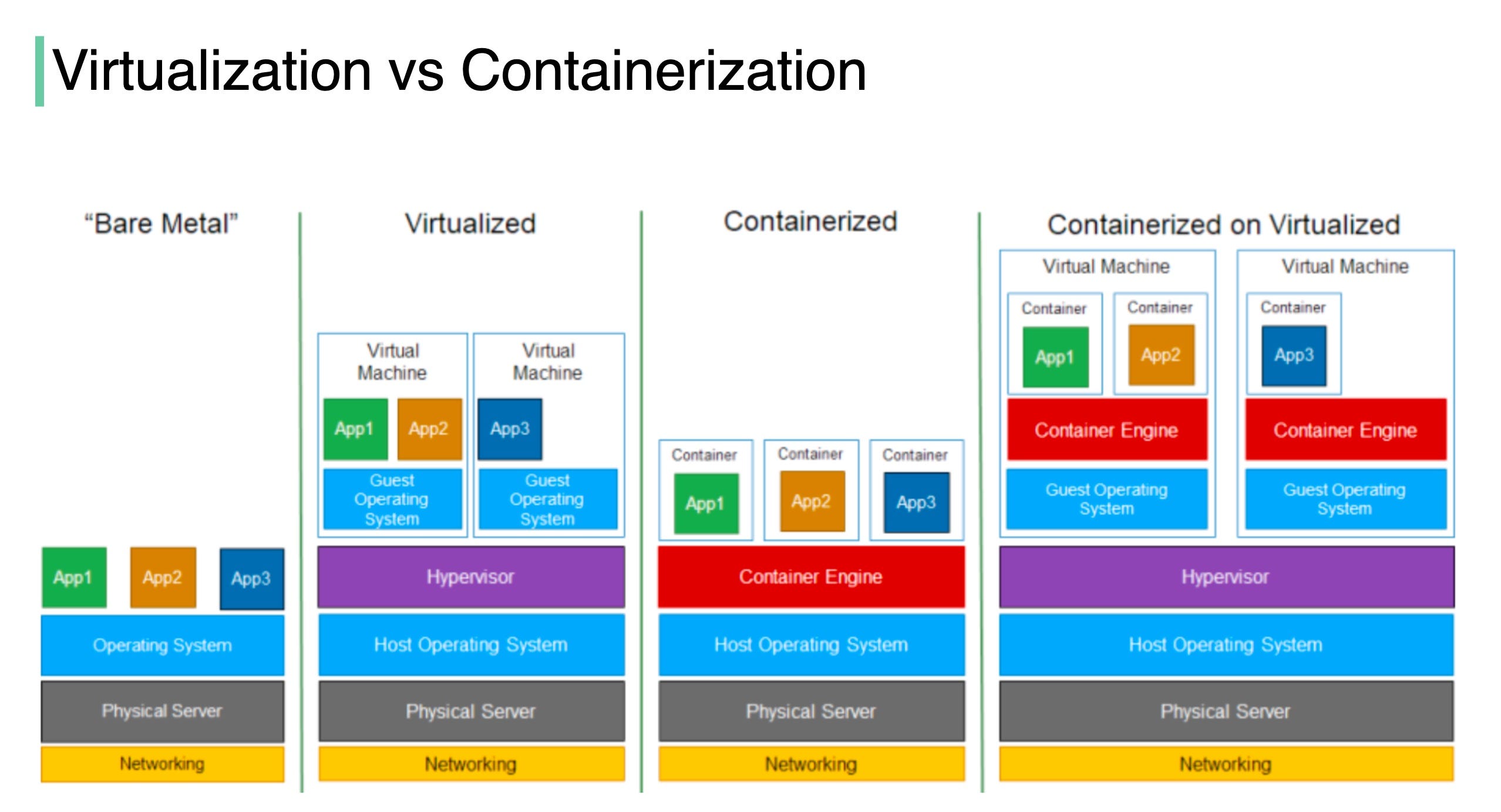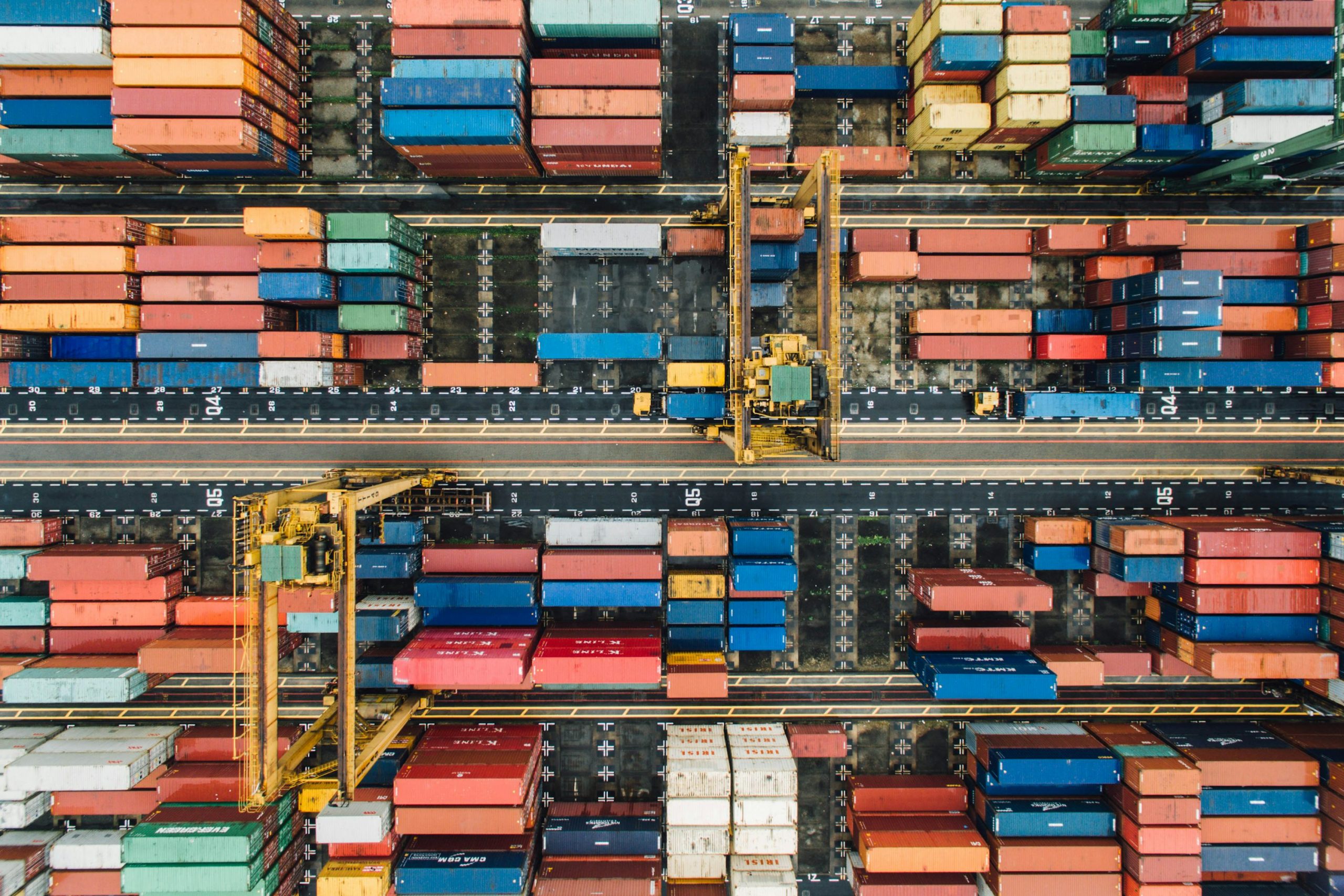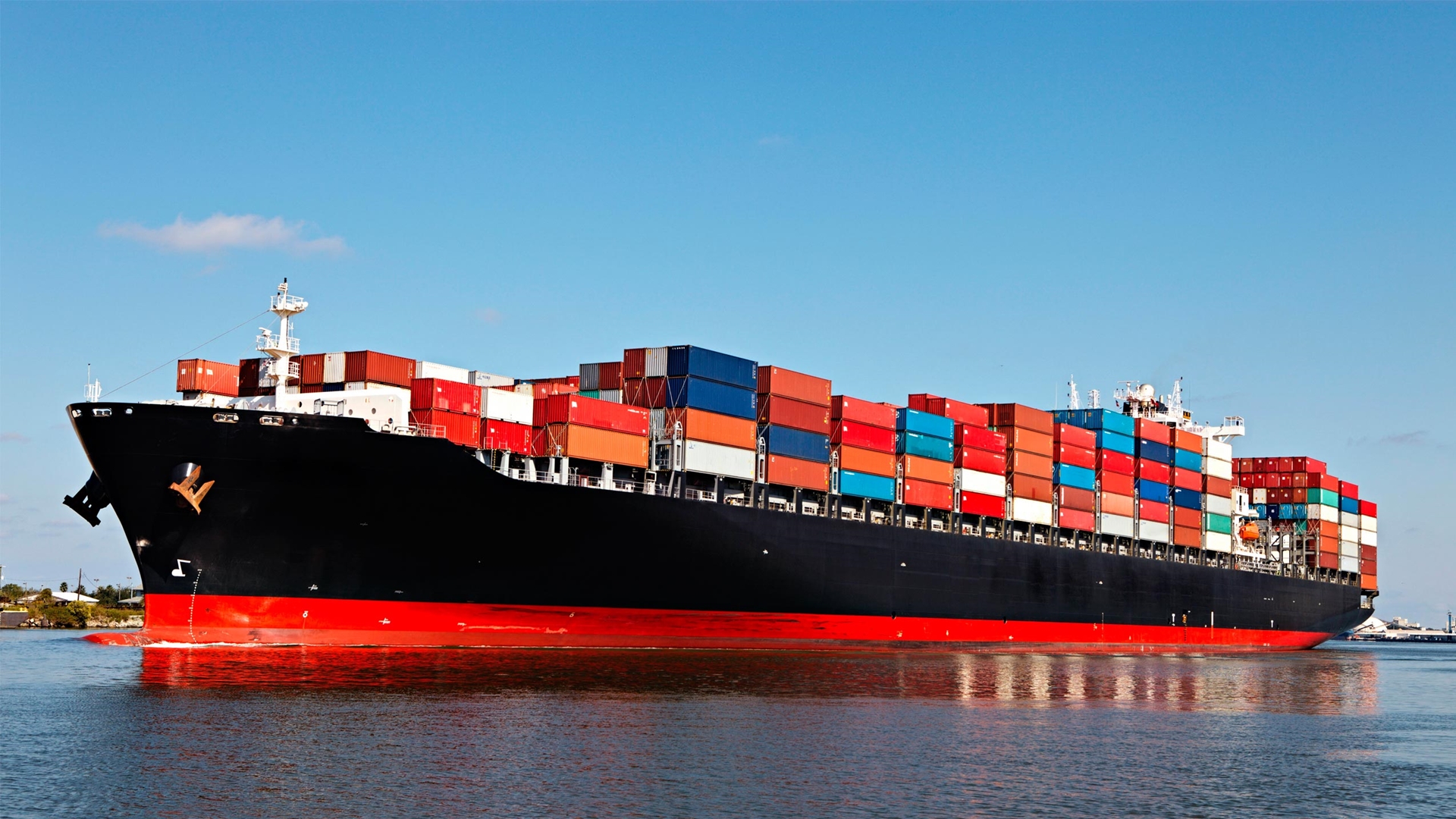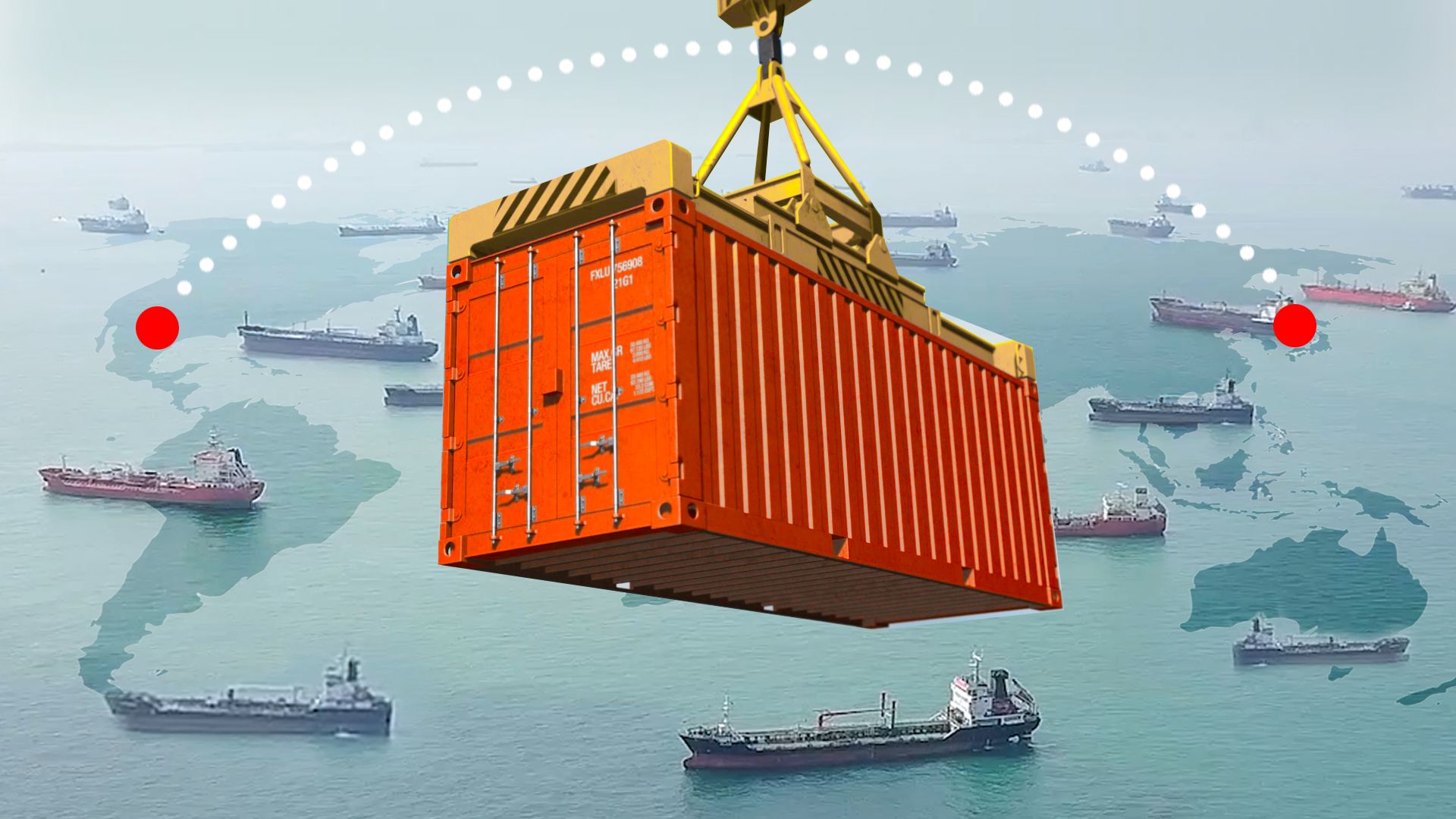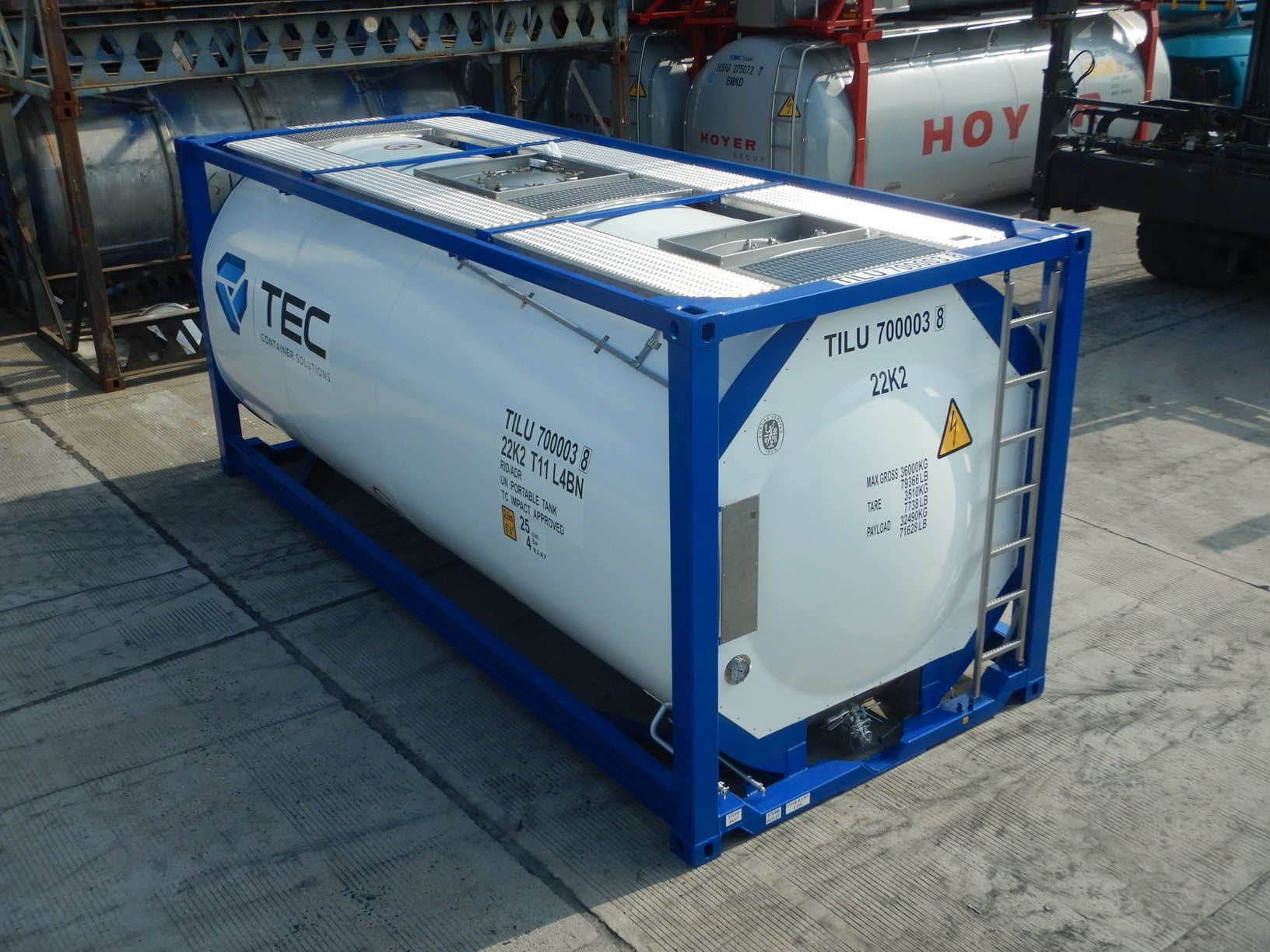Containerization has revolutionized the global shipping industry, making it more efficient, reliable, and cost-effective. By standardizing the transportation of goods, containerization has transformed the way we move products around the world.
Key Components of Containerization
- Standardized Containers: Containers are built to specific dimensions, allowing them to be easily transferred between different modes of transport (ships, trains, and trucks).
- Intermodal Transport: This refers to the seamless transfer of containers between different modes of transport without the need for unloading and reloading goods.
- Port Operations: Ports play a crucial role in container shipping, handling the loading and unloading of containers.
- Logistics Providers: These companies manage the entire shipping process, from origin to destination.
Benefits of Containerization
- Efficiency: Standardized containers and intermodal transport significantly reduce handling time and costs.
- Safety: Containers provide a secure and reliable way to transport goods, minimizing damage and loss.
- Global Trade: Containerization has facilitated global trade by making it easier and more affordable to transport goods across long distances.
- Supply Chain Optimization: Containerization has streamlined supply chains, leading to improved inventory management and reduced lead times.
Challenges and Future Trends
While containerization has transformed global trade, it also faces challenges:
- Port Congestion: Increased shipping volumes can lead to congestion at ports, causing delays and disruptions.
- Environmental Impact: Shipping emissions contribute to air pollution and climate change.
- Security Threats: Piracy and terrorism pose risks to the security of container ships.
To address these challenges, the shipping industry is adopting innovative solutions:
- Digitalization: Using technology to track and manage container shipments.
- Sustainability: Investing in cleaner fuels and more efficient ships to reduce environmental impact.
- Automation: Implementing automation technologies to improve efficiency and reduce costs.
The future of containerization is bright, with ongoing innovations and advancements driving the industry forward. As global trade continues to grow, container shipping will remain a vital component of the global economy.

